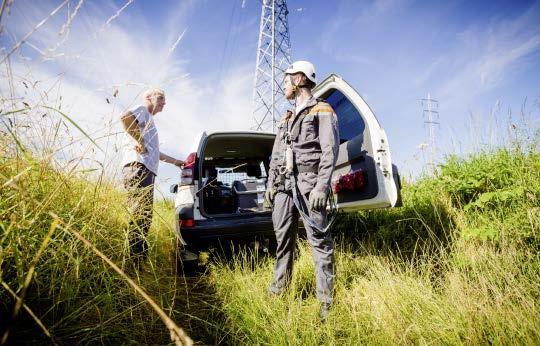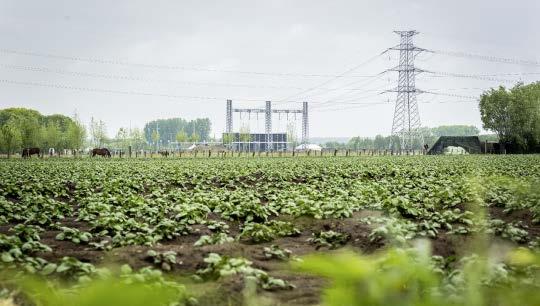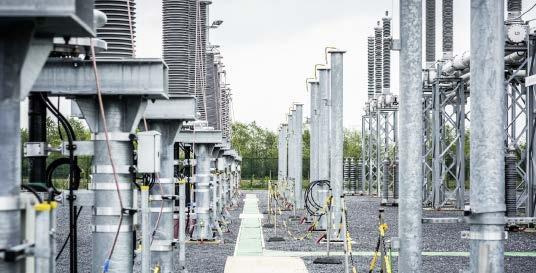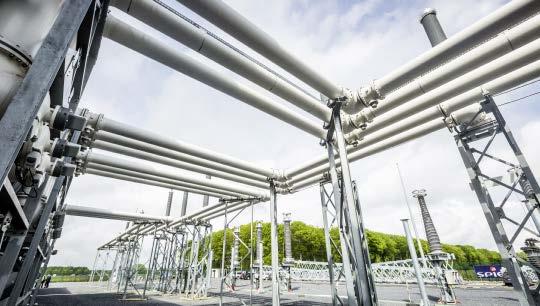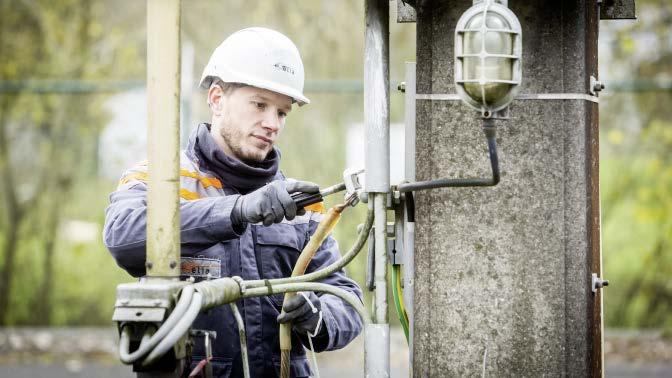
3 minute read
6.3. Economic scenario assessment
The findings are in line with the common knowledge that internalising the cost of the Energy Transition by higher and harmonised CO2 prices is a fundamental market driver for the Energy Transition. With a CO2 cost of 33€/tCO2 in 2030, the model reveals an average wholesale price of 70€/MWh in the ‘Base Case scenario. This increase, compared with present levels of around 40€/MWh, is mainly driven by the increase of gas and CO2 prices. This wholesale price increase will not cause an equivalent increase of the cost to consumers. Indeed, an increase of the market price due to a CO2 and fossil fuel price increase (at EU level) will allow that costs of needed investments, both in renewable and other capacity resources will be more and more covered by the market price, with less recourse to RES or CRM support mechanisms. The estimations of the model indicate that the renewables development for the ‘Base Case’ in 2030 could roughly be covered by the increased wholesale price. As regards further development of renewables, above the ‘Base Case’ assumptions, the analyses suggest that these developments could be realised without significantly increasing the general cost level: — From a societal point of view, the cost of the investments is to be covered by the fossil fuel economies, based on adequate CO2 pricing; — From consumers’ point of view, the cost of the explicit RES support mechanisms, if any, is to be compensated by a decrease of the wholesale market price, compared with the
‘Base Case’, due to the zero marginal cost of renewables. Internalising the cost of the energy transition in the wholesale price by a harmonised CO2 price is essential for the competitiveness of the Belgian economy since it increases the convergence with the cost for consumers in neighbouring countries. Two other important findings are that: — Providing an efficient thermal generation fleet after the nuclear phase-out: the difference between a 100% CCGT versus OCGT fleet would improve convergence with neighbours by 3.7 €/MWh or approximately 350 M€/year in 2030. — Additional interconnectors would enhance convergence of market prices. The effect in 2030 is estimated at approximately 1.7 €/MWh or 150 M€/year. As the economic chapter shows, this amount will steadily increase as the energy transition evolves. Concerning thermal generation capacity, the market analysis has revealed that if prices are roughly convergent with neighbouring countries as described above, the wholesale market will not remunerate the full cost of the necessary investments to face the nuclear phase-out. This creates a challenge for realizing the Belgian Roundabout vision consisting of renewables, efficient gas plants and interconnectors. Despite the insufficient revenue to recover the investment cost, the efficient units will operate during a significant number of hours, the CWE+ merit order being determined only by marginal cost. The yearly running hours for the most efficient CCGT in the market in 2030 are in the range 4000 to 7500 hours, and decrease to 3000 – 7000 hours in 2040, depending on the merit order sensitivity and scenario. For the longer term, some of the scenarios for 2040 suggest that an efficient, gas-fired power plant, favourably positioned on the merit order, might recover its full investment costs. Again, this mainly depends on the evolution of the CO2 and gas prices. A second factor is the increasing impact of demand side and other flexibility providing resources setting the wholesale price during peak periods. This implies that the cost of a market mechanism to unlock the necessary investments – if adequately designed – would gradually decrease as the energy transition evolves. Finally, as guidance for the evaluation of the market design options, the impact of a potential scarcity in the market (that would have to be physically covered by out-of-market Strategic Reserves) on the wholesale price has been estimated. With all necessary caveats and warnings as to the uncertainty of such estimates, the model suggests that a market scarcity of 1.5 to 2 GW would cause a price increase for Belgian consumers in the order of 1 to 1.5 billion € per year.


